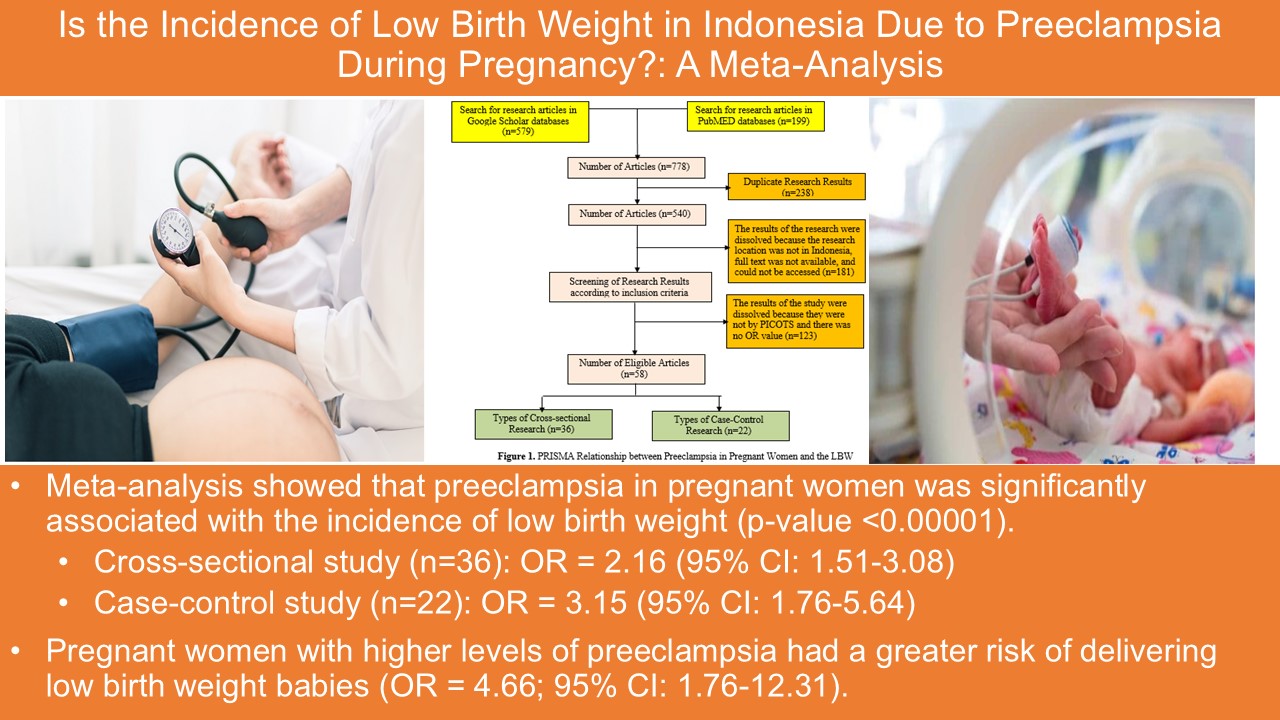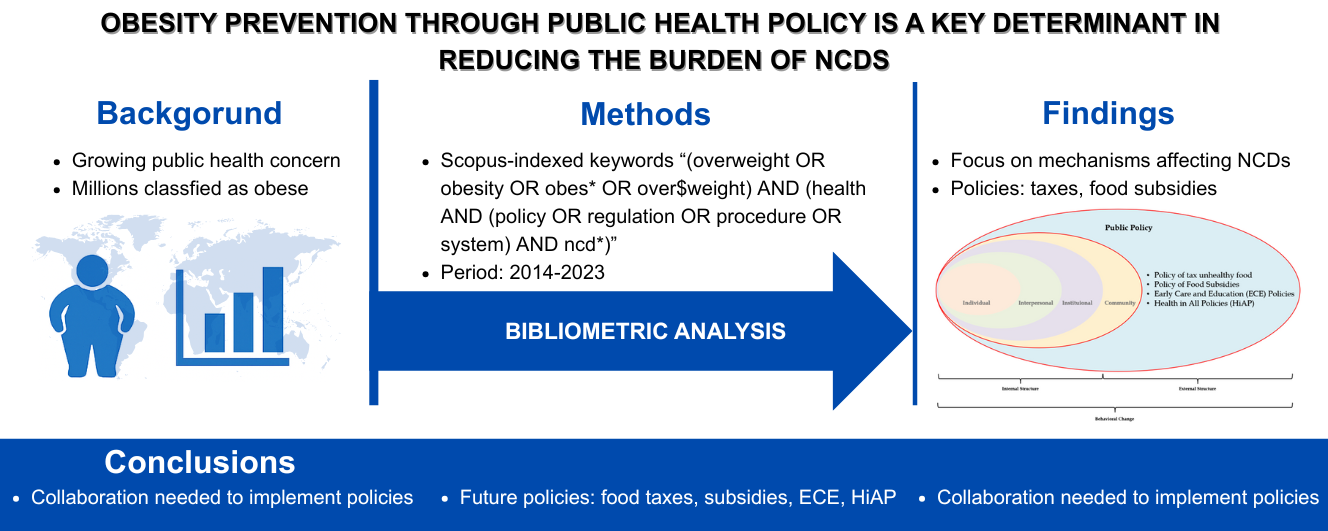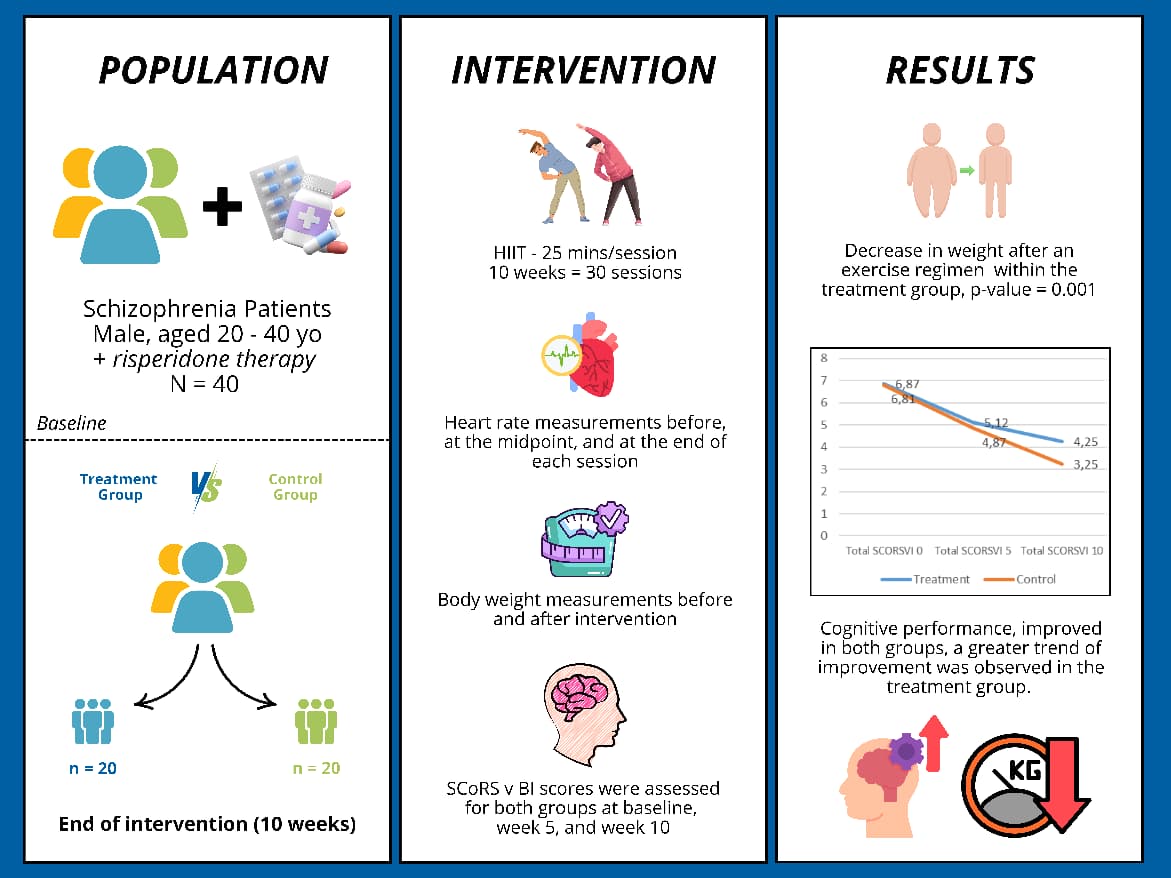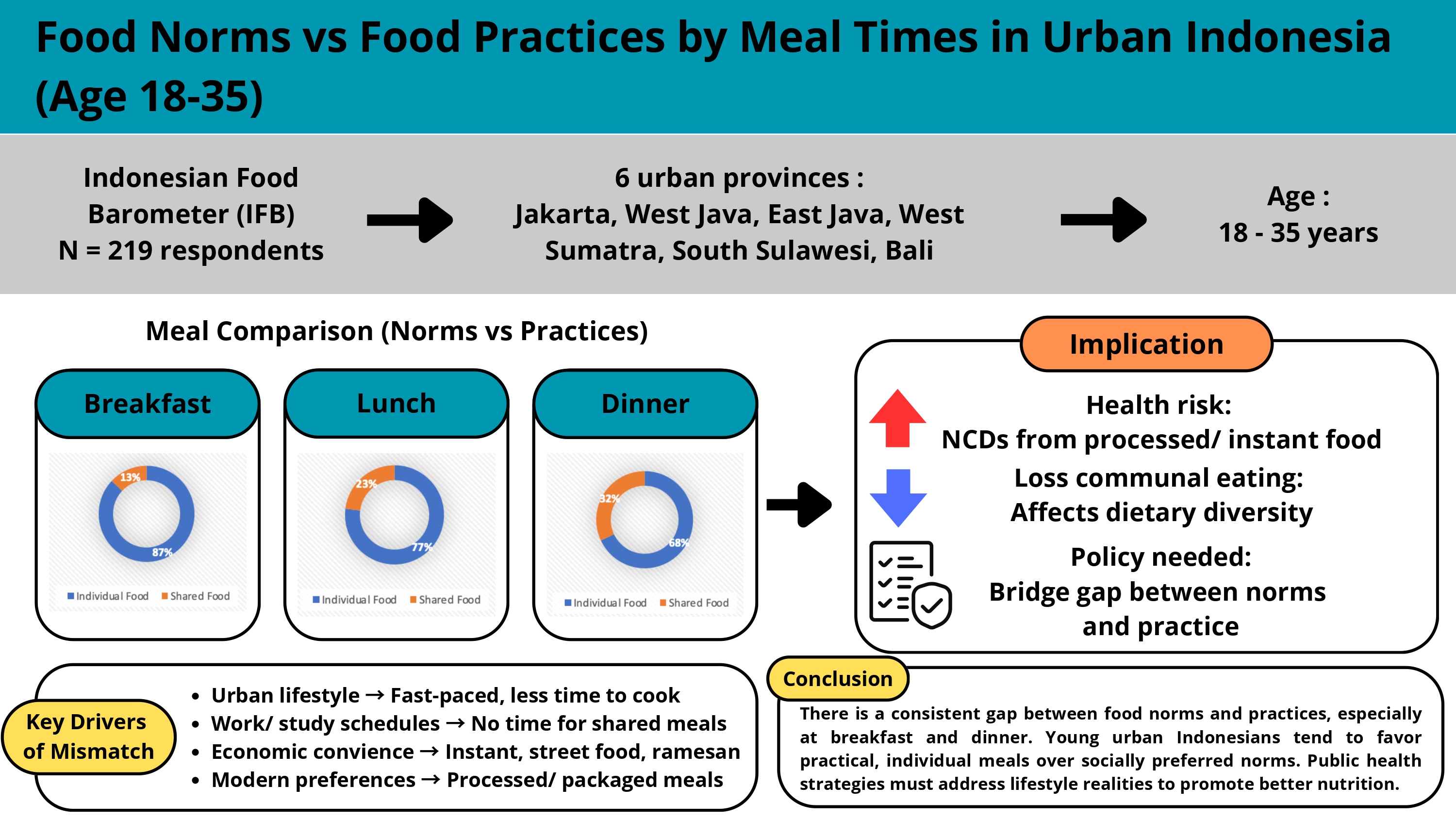ASUPAN DAN KECUKUPAN GIZI ANTARA REMAJA OBESITAS DENGAN NON OBESITAS
Downloads
Nutrition issues in adolescents arise because of inappropriate dietary habit, causing an imbalance between nutritional intakes and the recommended dietary allowances. The prevalence of obesity in adolescents increased within the last 30 years. The percentage of adolescents aged 12-19 years who were obese increased from 18,4% in 2009-2010 to 20,5% in 2012. Obesity occurred because of behavior and habit of adolescent who consume high calorie food excessively. The aim of this research was to analyze the difference of intake and nutritional adequacy between obese and nonobese
adolescents. This study was an analytical observational research with cross sectional design. The sample was 46 Senior High School students that divided into 23 obese and 23 non obese adolescent groups chosen by simple random sampling. The obesity data was obtained from the results of anthropometric measurements, while intake and nutritional adequacy were obtained from 2x24 hours food recall form. Mann Whitney test was used to analyze the difference between variable. The research revealed that there was a difference of energy intake, carbohydrates, protein, and fat with p-value 0,01, 0,00, 0,038 and 0,018 respectively, and nutritional adequacy of energy, carbohydrates, protein, and fat with 0,02, 0,00, 0,017 and 0,018 respectively between obese and non-obese adolescents. It can be concluded that there is a difference of intake and nutritional adequacy between obese and non-obese adolescents. Providing information and education about obesity, it risks, and healthy diet are recommended to prevent obesity.
Keywords: intake, nutritional adequacy, obesity, adolescents
Adriani, M. dan Wirjatmadi, B. (2012). Pengantar Gizi Masyarakat. Jakarta: Kencana Prenada Media Grup.
Aflah, R.R., R. Indiasari, dan Yustini. (2014). Hubungan Pola Makan dengan Kejadian Obesitas Pada Remaja Di SMA Katolik Cendrawasih
(Skripsi yang tidak dipublikasikan). Universitas Hasanuddin, Makassar.
Badan Penelitian dan Pengembangan Kesehatan
Departemen Kesehatan RI. (2013). Laporan Riset Kesehatan Dasar 2013. Jakarta: Balittbangkes RI.
Barasi, M.E. (2007). At a Glance Ilmu Gizi. Jakarta: Erlangga
Damayanti, R. (2005). Obesitas pada Anak dan Permasalahannya. Diakses dari http://www.mayoclinic.com/healthy/childhod-obesity/DS
Fentiana, N. (2012). Asupan Lemak Sebagai Faktor Dominan Terjadinya Obesitas Pada Remaja (16-18 Tahun) Di Indonesia Tahun
(Data Riskesdas 2010) (Tesis yang tidak dipublikasikan). Universitas Indonesia, Depok, Indonesia.
Gibney, M.J., Margetts, B.M., Kearney, J.M., dan Arab, L. (2009). Gizi Kesehatan Masyarakat. Jakarta: Buku Kedokteran EGC.
Irfan, Burhanuddin B., dan Hendrayati. (2014). Pola Konsumsi Sayur, Buah dan Aktivitas Sedentari Mahasiswa Obesitas Di Universitas
Hasanuddin. Diakses dari http://repository.unhas.ac.id/handle/123456789/10683.
Loliana, Nadia. (2015). Perbedaan Kebugaran Jasmani, Tekanan Darah dan Pola Konsumsi Antara Remaja Obesitas dengan Non Obesitas di SMA Negeri 5 Surabaya (Skripsi yang
tidak dipublikasikan). Universitas Airlangga,
Surabaya, Indonesia.
Michael I.G., dan Melinda S. (2006). Handbook of Pediatric Obesity Etiology, Pathopsysiology and Prevention. USA: Taylor and Francis Group.
Muktiharti, S., Purwanto, Purnomo, I., dan Saleh, R. (2010). Faktor Risiko Kejadian Obesitas pada Remja SMA Negeri 2 dan SMA Negeri
di Pekalongan Tahun 2010. Pena Medika Jurnal Kesehatan, 3(1). Diakses dari http://journal.unikal.ac.id/index.php/kesehatan/
article/view/28
Ogden C.L., Carroll M.D., Kit B.K., Flegal K.M. (2014). Prevalence of childhood and adult obesity in the United States, 2011-2012. Journal
of the American Medical Association, 311(8), 806–814.
Smith, W. (2006). Contemporary Nutrition, 7 Edition. USA: McGraw Hill Companies.
Suryaputra, K. dan Nadhiroh, S.R. (2012). Perbedaan Pola Makan dan Aktivitas Fisik Antara Remaja Obesitas dengan Non Obesitas.
Makara Kesehatan, 16(1), 45-50.
Lin, Y., Theodora M., Carine V., Mathilde K., Selin B., Augusto César F de M., et al. (2015). Dietary Animal and Plant Protein Intakes and
Their Associations With Obesity And Cardio Metabolic Indicators
In European Adolescents: The HELENA cross-sectional study. Nutrition
Journal, 14(1), 1.
- MEDIA GIZI INDONESIA Journal is the copyright owner of all materials published on this website.
- The formal legal provisions for access to digital articles of this electronic journal are subject to the terms of the Creative Commons Attribution-NonCommercial-ShareAlike license (CC BY-NC-SA 4.0), which means that MEDIA GIZI INDONESIA Journal and readers reserve the right to save, transmit media / format, manage in database, maintain, and publish articles as long as it continues to include the name of the Author.
- Printed and published print and electronic manuscripts are open access for educational, research and library purposes. In addition to these objectives, the editorial board shall not be liable for violations of copyright law.


2.png)





















